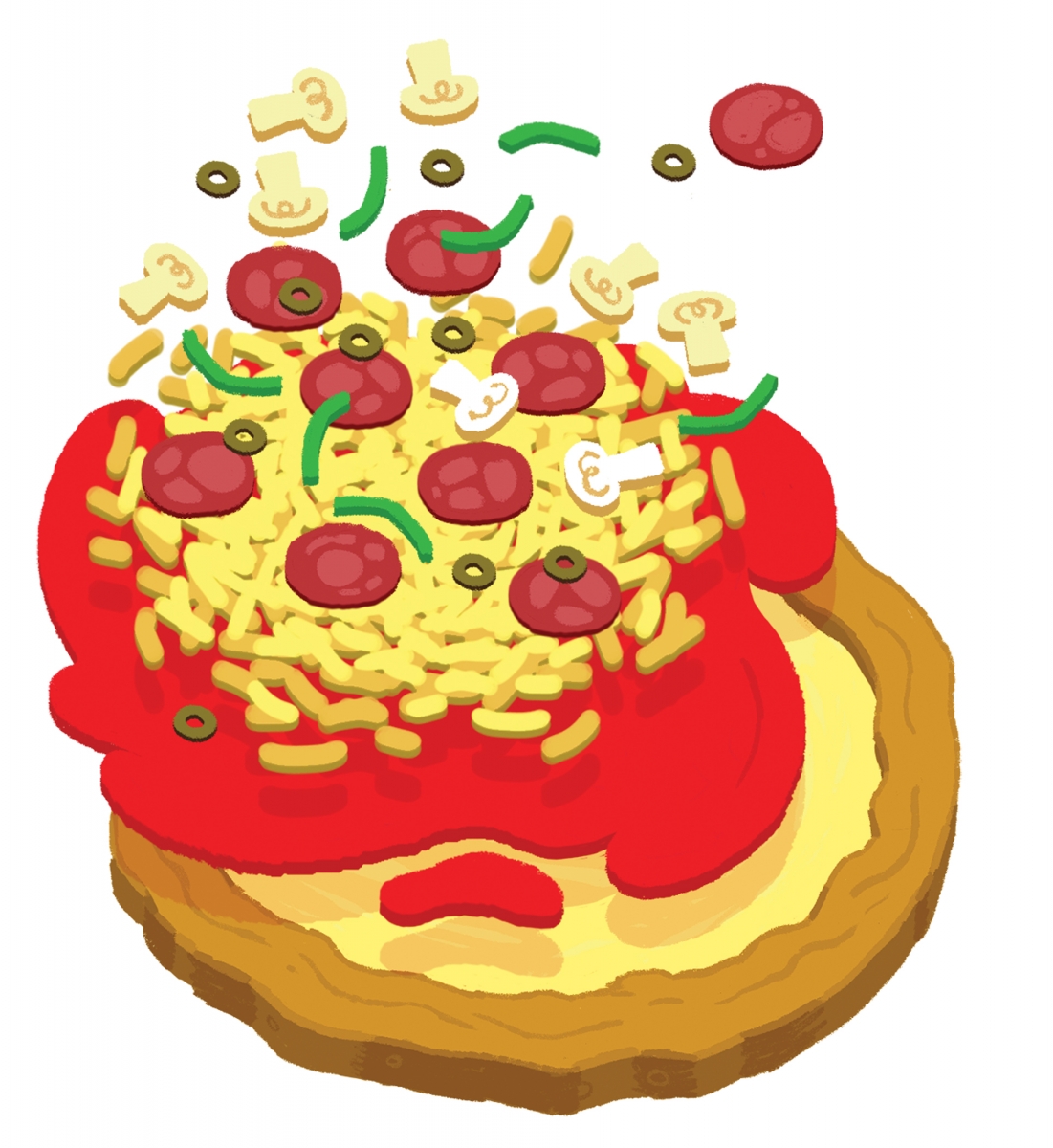Those after the city’s best pizza aren’t placing all their hopes on this new concept, however.
Mike Maione, a culinary instructor at NAIT, was disappointed with the quality of the product when he tried build-your-own pizza last year with a group of fellow instructors. “I was looking at possibly purchasing one of those ovens for our cafeteria line here, but after I saw the quality of the pizza that came out of it, I was not happy,” he says. “The dough was quite dry … it was dense – something like you would purchase at the grocery store.”
Maione thinks that the fast-cook ovens used to make these pizzas aren’t ideal and that places will need to experiment with different dough recipes to find the best combination. But he also acknowledges that the trend is here to stay.
“The more of these establishments that come out, the better it is for the establishments that are actually doing it right,” Maione says. “It opens people’s eyes to what it should really be like.”
Local food blogger Phil Wilson, who taste-tested over a dozen different pizza places last year, believes that you can get a pretty good pizza at a BYO joint – but not a great one.
“In the interest of focusing on speed, some other aspect has to suffer at least a little bit, and that is quality of the dough,” he says. Wilson also cautions against falling into the buffet-table mentality of adding too many toppings, which prevents the pizza from cooking properly.
To counter this, Love Pizza restricts the amount of toppings to four, though diners can add as many “finishes” as they like after the pizza has been cooked. Urbano used to price its pizzas differently based on the number of toppings, but simplified to a flat rate after realizing most customers have learned to stick to a handful of toppings.
Like it or not, build-your-own pizza has carved a permanent place in the city already. Everyone loves pizza, after all.
Like this content? Get more delivered right to your inbox with Ed. Eats
A list of what’s delicious, delectable and delightful.
